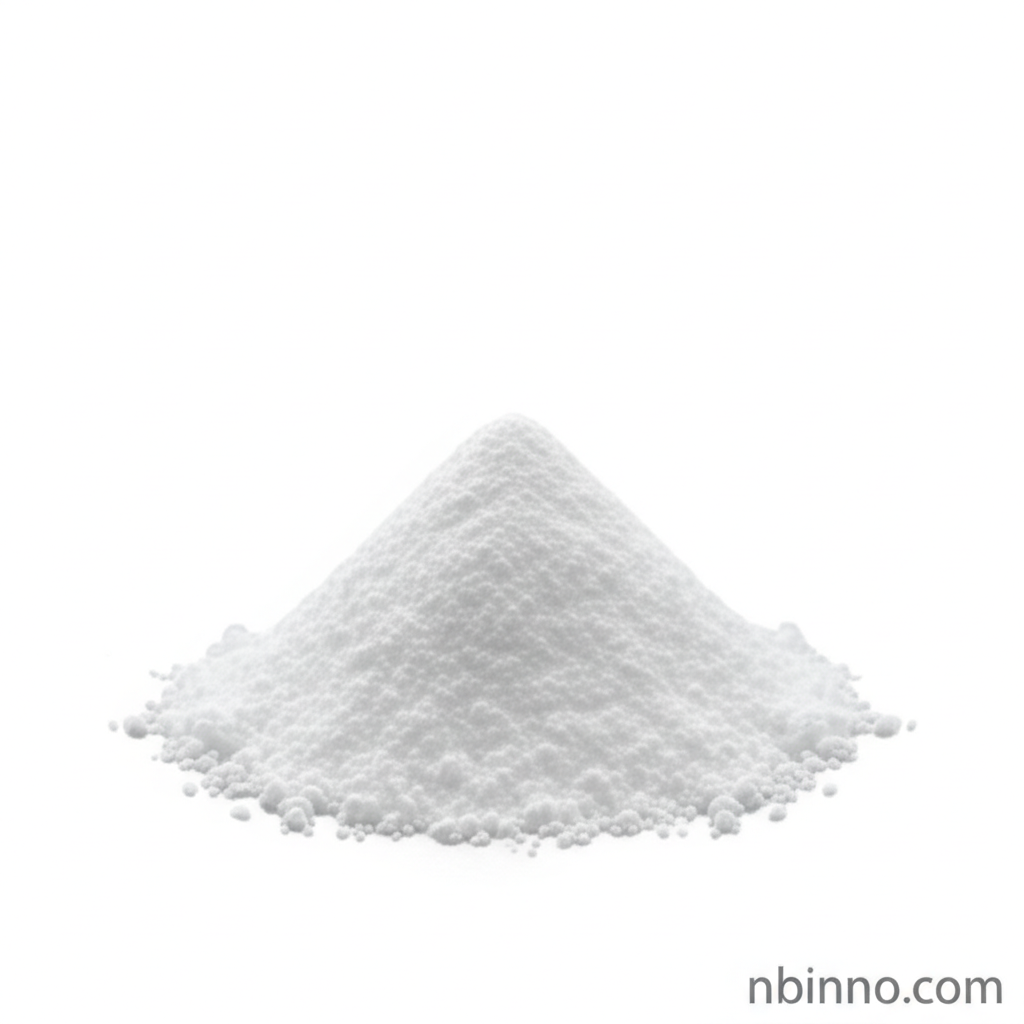TM30089: Advanced CRTH2/DP2 Antagonist for Hair Loss Research and Development
Explore the potent CRTH2/DP2 antagonist, TM30089, a key compound for advanced research in hair loss and inflammatory conditions.
Get a Quote & SampleProduct Core Value

TM30089
TM30089 is a highly potent and selective CRTH2/DP2 antagonist, exhibiting nanomolar affinity. It effectively inhibits CRTH2 signaling and is structurally related to ramatroban, while crucially lacking affinity for the TP receptor. This unique profile makes it invaluable for research into inflammatory conditions and potential hair loss treatments.
- Discover the potential of TM30089 as a CRTH2/DP2 antagonist for your research needs.
- Leverage TM30089 for studies on allergic asthma, mirroring features of human asthma.
- Utilize TM30089, structurally similar to ramatroban, for comparative pharmacological research.
- Investigate the anti-inflammatory efficacy demonstrated by TM30089 in in vivo models.
Key Advantages
High Selectivity
TM30089's precise targeting of CRTH2/DP2 receptors without affecting the TP receptor offers a cleaner research profile, aiding in understanding specific biological pathways.
Potent Inhibition
With nanomolar affinity, TM30089 provides potent inhibition of CRTH2 signaling, crucial for accurately assessing its impact in cellular and in vivo studies.
Research Utility
Its well-defined characteristics make TM30089 an excellent tool for investigating mechanisms related to inflammation and exploring new therapeutic avenues for hair loss.
Key Applications
Inflammatory Disease Research
Explore the anti-inflammatory properties of TM30089 in models of allergic asthma and other inflammatory conditions, using its potent CRTH2/DP2 antagonism.
Hair Loss Treatment Development
Investigate TM30089 as a potential agent in hair loss treatment research, building on its specific receptor interactions.
Pharmacological Studies
Utilize TM30089 as a research chemical for comparative studies, particularly with related compounds like ramatroban, to understand receptor pharmacology.
Cellular Signaling Analysis
Analyze the potent inhibition of CRTH2 signaling in cells overexpressing the receptor, leveraging TM30089's nanomolar affinity.
